Physiotherapy at One Wellness after radiofrequency ablation can generally begin immediately unless your doctor recommends otherwise.
As indicated above, the radiofrequency ablation is done with the goal of trying to reduce your pain. The pain in your neck or back, however, can be caused from a variety of different reasons therefore the rehabilitation treatment you receive at One Wellness will vary according to what structures are involved in causing your pain. Your treatment will also be designed to suit your specific individual rehabilitation needs.
Some aspects of general rehabilitation, however, will be similar for all patients who have undergone an ablation. It is important to use any window of time where your pain has decreased or has been eliminated as a result of the ablation to engage in rehabilitation. Often this pain-free or pain-reduced time allows you a window where you can more effectively rehabilitate your spine, improve your overall movements, and make positive gains in your condition.
During your first few treatments your therapist will initially work to relieve any residual pain that you may still have after the ablation, or as a result of the procedure itself. They may use heat, ice, or electrical modalities such as ultrasound or interferential current to help decrease your pain. Depending on where your original injury and pain were they may also massage around your neck, shoulders, back, buttocks, and hip areas to provide relief by relaxing tight muscles that are pulling on the joints of the spine.
In order to know how best to treat your individual problem, your physiotherapist will do a full assessment of your neck or back and will determine how well it is moving. They will also take note of any other symptoms you feel such as tingling or numbness and will assess for any muscle weaknesses you may have. If it is determined that any part of your spine motion is limited, your therapist will work to encourage more movement. In order to do this they may use joint mobilizations or manipulations, perform passive stretching, or massage any tight muscles related to the area. Stretches and strengthening exercises as part of a home program will also be prescribed as they can help you gain more motion in your own spine, improve the strength and endurance of the muscles that help to support your spine, and work to correct any muscle imbalances that may exist.
Maintaining a strong core muscle area is a crucial part of managing any pain in your neck and particularly in your back. Maintaining strong core muscles will allow you to maintain as active of a lifestyle as you can despite any chronic pain. Your physiotherapist can teach you how to properly activate your core muscles and build up their strength and endurance. Even just simple exercises such as gently tightening the muscles of your deep abdominal area directly after your ablation will help to support your spine. If your therapist has deemed the joints in your spine to be relatively moving too much, then the core exercises prescribed are even more crucial. As you improve the activation, strength, and endurance of your core muscles, more advanced exercises will be prescribed in order to challenge the ability of these muscles and to ensure they can stabilize the spine during everyday functional activities.
Doing your prescribed exercises in a hydrotherapy pool after undergoing an ablation may be a useful option for you that you can discuss with your therapist. Depending on which part of your body is injured, often the warmth of the pool and the hydrostatic properties of the water can make range or motion, strengthening, and overall retraining of muscular control easier.
As with any injury or biomechanical dysfunction, maintaining one’s posture and alignment is very important. Your therapist will be strict in encouraging you to maintain proper posturing and alignment at all times. Maintaining good posture can significantly decrease the stress put through the spine and can also encourage your core muscles to work more efficiently. Any window of time that you have which is pain-free after your ablation can also be particularly useful in re-training your body to maintain proper alignment and develop functional movement patterns. By improving the endurance of the muscles that support your spine, you will be able to maintain your posture and alignment for longer periods of time, and lengthen the time frame between any flare-ups that may occur. In order to assist you with your posturing or to decrease any lingering pain your therapist may use tape on your back or neck in order to provide some feedback regarding the position of your spine as well as provide some external support.
Generally the treatment we provide at One Wellness for your spine after radiofrequency ablation can assist greatly in managing your pain but it should be remembered that this procedure may not be a cure for your chronic pain; they are only a part of your overall pain management plan. You will need to continue working long-term with your doctor, physiotherapist, and any other health care professional involved in your pain management. You will also need to continue faithfully doing your rehabilitation home program in order to best manage your pain. If your pain has not been positively affected by the ablation, increases, or returns despite the ablation and regular physiotherapy treatment, your therapist may ask you to return to see your surgeon in order to discuss the possibility of another ablation or other pain management options.
One Wellness provides services for physiotherapy in Canmore.
 Radiofrequency ablation is a treatment where radio waves are used to create heat and destroy a part of a nerve. This technique is most commonly used to treat pain that is originating in the facet joints of the spine. The procedure is used to destroy the end of the small nerves that provide sensation to the facet joints. Once the nerve is destroyed, you should no longer feel the pain from the worn out, painful facet joints. This procedure is also sometimes called a RFA (which is short for radiofrequency ablation), a rhizotomy, or a neurotomy.
Radiofrequency ablation is a treatment where radio waves are used to create heat and destroy a part of a nerve. This technique is most commonly used to treat pain that is originating in the facet joints of the spine. The procedure is used to destroy the end of the small nerves that provide sensation to the facet joints. Once the nerve is destroyed, you should no longer feel the pain from the worn out, painful facet joints. This procedure is also sometimes called a RFA (which is short for radiofrequency ablation), a rhizotomy, or a neurotomy.
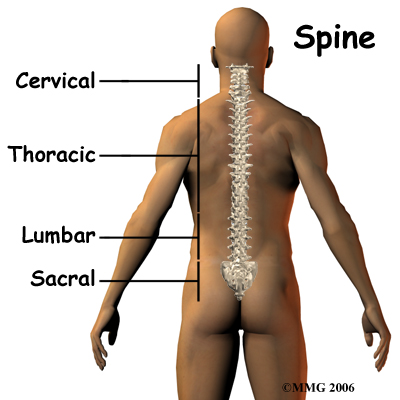 The spine is made up of 24 bones called vertebrae that stack on top of one another. Each vertebra has a ring of bone that encases and protects the spinal cord. When the vertebrae are stacked one on top of the other, these rings of bone create a hollow tube called the spinal canal. The spinal cord runs through the spinal canal from the brain to the lower spine. Between the vertebrae are intervertebral discs. The intervertebral discs cushion the spine and make it flexible. There are also two facet joints between each vertebra of the spine. The facet joints are located on the back of the spinal column in the lumbar and thoracic spine. In the neck, or cervical spine, they are located more to the side of the vertebra.
The spine is made up of 24 bones called vertebrae that stack on top of one another. Each vertebra has a ring of bone that encases and protects the spinal cord. When the vertebrae are stacked one on top of the other, these rings of bone create a hollow tube called the spinal canal. The spinal cord runs through the spinal canal from the brain to the lower spine. Between the vertebrae are intervertebral discs. The intervertebral discs cushion the spine and make it flexible. There are also two facet joints between each vertebra of the spine. The facet joints are located on the back of the spinal column in the lumbar and thoracic spine. In the neck, or cervical spine, they are located more to the side of the vertebra.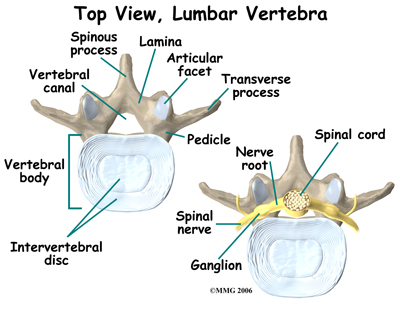

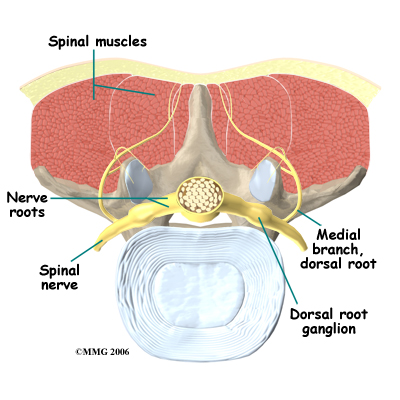
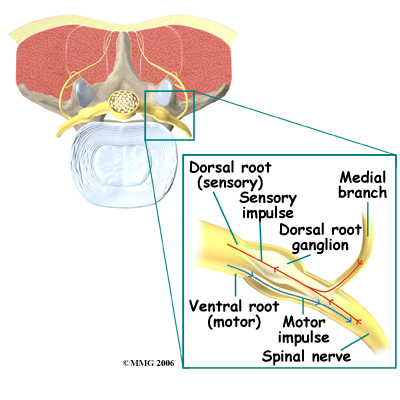
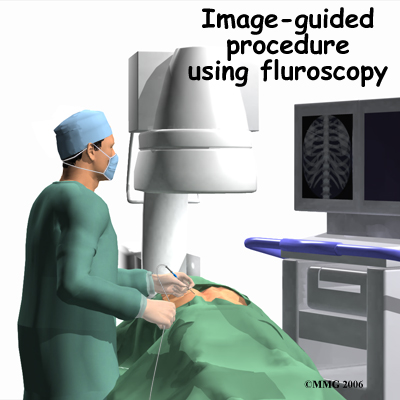
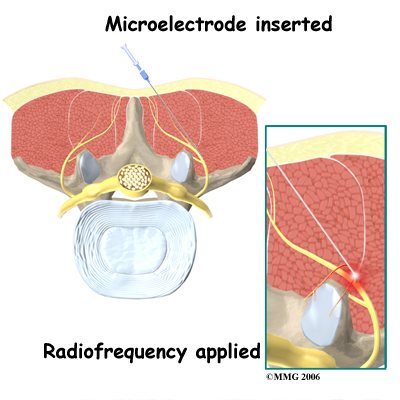
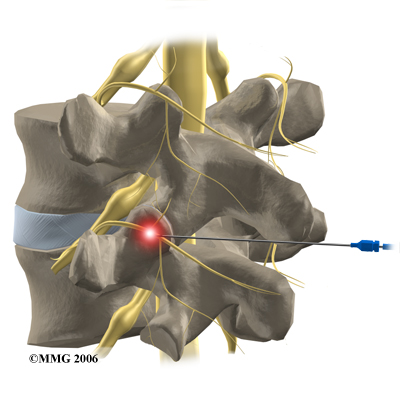


 (403) 679-7179
(403) 679-7179  concierge@one-wellness.ca
concierge@one-wellness.ca 

